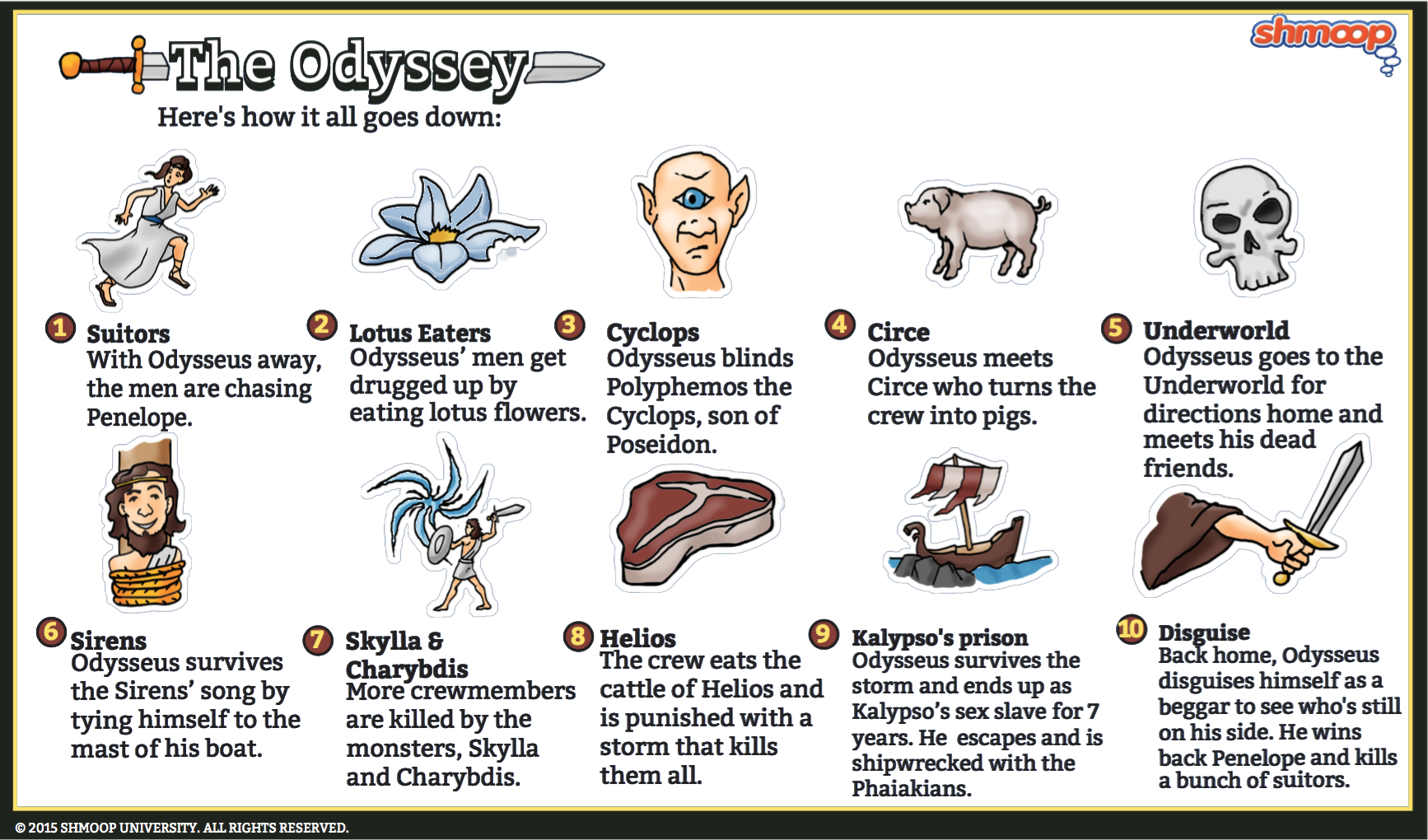
Penelope had multiple siblings, though their names and even their number vary across different sources. Her mother was either a Naiad named Periboea, Ortilochus’ daughter Dorodoche, Eurypylus’ daughter Asterodia, or Lygaeus’ daughter Polycasta. In ancient art, Penelope was more commonly depicted mourning Odysseus’ absence, saying goodbye to her son Telamachus, or receiving gifts from the suitors. Though this is a very ancient myth, the image of Penelope at the loom was not popularized in the visual arts until much later in European history. The shroud, however, never seemed to get any closer to completion (unknown to the suitors, Penelope would unravel her work each night). In time, Penelope would become strongly associated with weaving and the loom, due to the memorable myth in which she delayed her unwanted suitors by promising to marry one of them only after she had finished weaving a shroud.

Attributes and Iconographyįamous for her beauty as well as her intelligence and faithfulness, Penelope was often seen as the model wife in the ancient world. The most important of these emphasized her virtue and cunning, including ἀμύμων ( amýmōn, “blameless”), πινυτή ( pinytḗ, “prudent”), περίφρων ( períphrōn, “wise, sage”), and ἐχέφρων ( echéphrōn, “sensible, discreet”). Penelope had several epithets, especially in Homer’s Odyssey. Arnakía), or Arnaea (Greek Ἀρναῖα, translit. Ameirákē), Arnacia (Greek Ἀρνακία, translit.

PronunciationĪncient commentators have noted that, in some sources, Penelope’s original name was Ameirace (Greek Ἀμειράκη, translit. This etymology may be related to the myth that Penelope was thrown into the sea as a baby and saved by ducks. Others have argued that Penelope’s name came from the Greek word pēnelops, which is a kind of duck. Some have attempted to derive the name from the Greek word πήνη ( pḗnē), meaning “weft” or “loom.” This would make Penelope “the weaveress,” an apt moniker that reflects both the literal weaving that plays an important role in her myth (see below), as well as her more metaphorical “weaving” of cunning plots to fend off her suitors. Pēnelópeia) has been disputed since antiquity. The etymology of the name “Penelope” (Greek Πηνελόπεια, translit. When Odysseus finally did make it back to Ithaca, he killed the suitors and was at last reunited with his beloved wife. Using her cunning, she managed to hold off the suitors for years.

During this time, suitors came from far and wide to seek Penelope’s hand in marriage, but she remained unwaveringly loyal to her husband (at least in the familiar tradition). When Odysseus went to fight in the Trojan War, Penelope awaited his return for twenty years-the ten years of the war, and another ten as Odysseus was tossed about at sea trying to get home. The couple lived together in Odysseus’ small island kingdom of Ithaca, where they had a son named Telemachus. Penelope was a beautiful princess from Sparta, best known for marrying the hero Odysseus.


 0 kommentar(er)
0 kommentar(er)
